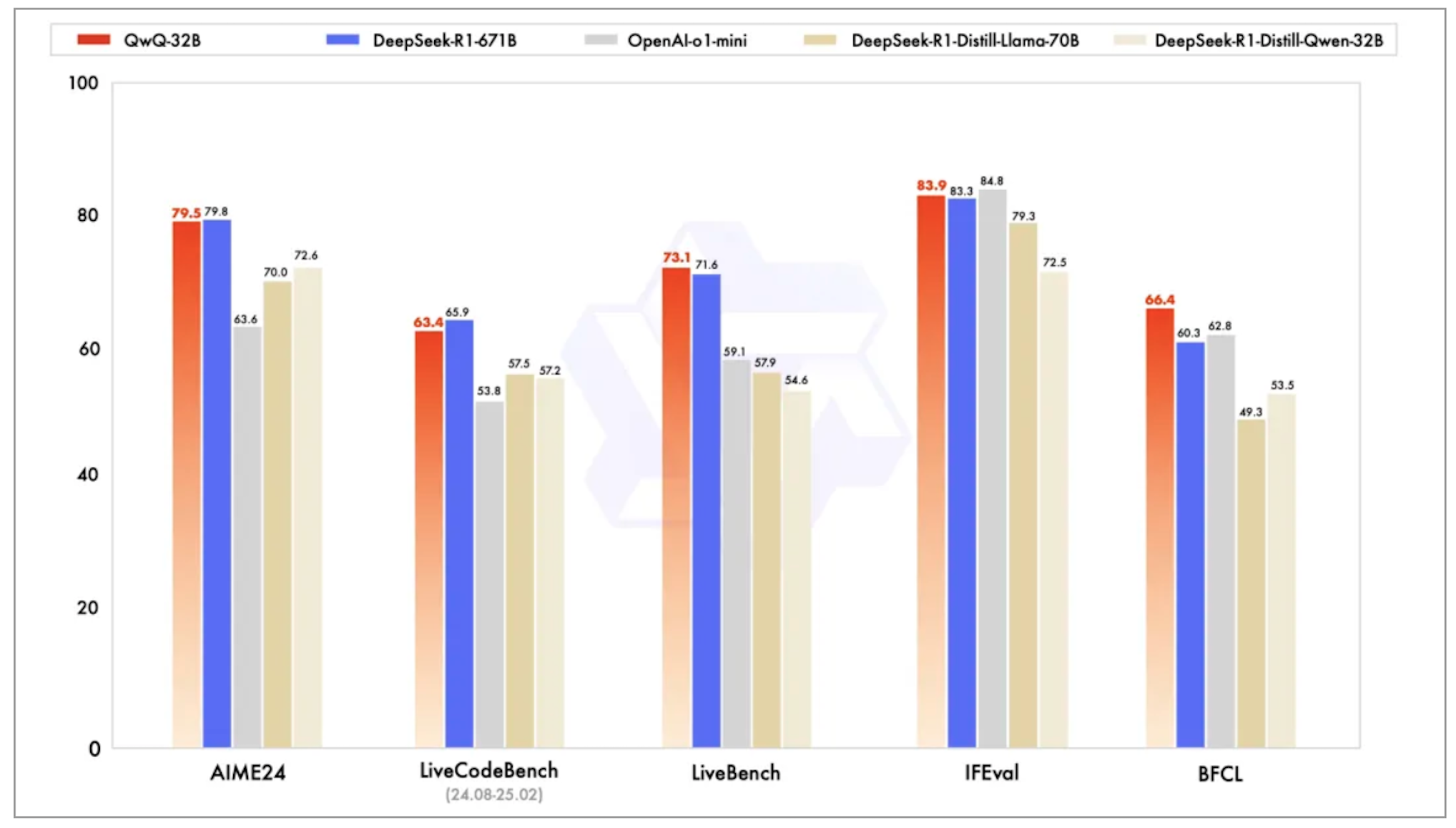Chinese tech giant Alibaba has released a new artificial intelligence reasoning model.
The company unveiled QwQ-32B its latest AI model on Thursday, which it said “rivals cutting-edge reasoning models, e.g., DeepSeek-R1.”
As a result of the announcement, shares in Alibaba Group Holding Ltd (HKG: 9988) surged to a new 52 week high of HK$140.80, up 8.39% at yesterday's close.
Alibaba shares have also gained nearly 71% in Hong Kong in the year to date.
International and Chinese firms have been investing heavily in AI to create highly efficient and higher-performance models.
Deepseek’s success has increased confidence among global investors in Chinese companies’ ability to innovate as the Hang Seng China Enterprises Index surged over 30% in January as a result of its release.
According to a statement from Alibaba, the company’s model has greatly reduced the cost of deployment and use, and it is available to download free with users also able to experience the latest Qianwen QwQ-32B model through the Tongyi app.
Alibaba added the model has achieved a “qualitative leap in mathematics, coding, and general capabilities, with overall performance on par with DeepSeek R1,” the company added that the
“exceptional performance, almost entirely surpassing OpenAI-o1-mini and rivaling the strongest open-source reasoning model, DeepSeek-R1.”
OpenAI-o1-mini is the more cost-efficient reasoning model released by the American company last year.

The company claims that QwQ-32B operates with 32 billion parameters compared to DeepSeek’s 671 billion parameters with 37 billion of those actively engaged during inference.
Parameters are variables that language model AI systems can understand and use to generate human language, while inference is the process of running live data through a trained AI model in order to generate a response or task.
Less parameters generally indicates higher efficiency and that a system is easier to train amid increasing demand for optimized AI technology.
Alibaba first entered the AI market with their cloud system released in 2023, with the success of the model reflected in the company’s profit surge in the last quarter of 2024.
“This quarter’s results demonstrated substantial progress in our ‘user first, AI-driven’ strategies and the re-accelerated growth of our core businesses,” said CEO Eddie Wu.
Related content



